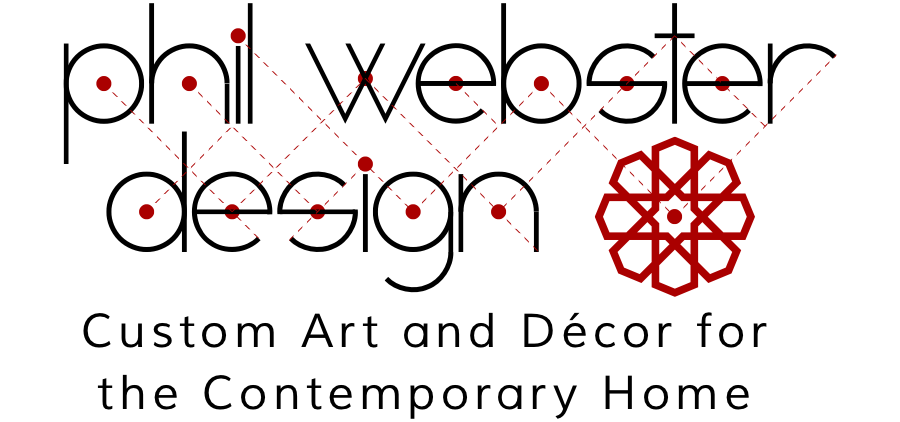Resources
A woefully incomplete but representative collection of my favorite geometric art resources…
Artists
M.C. Escher– the grand master of geometric art
Bathsheba Grossman– incredible 3D art
George Hart– polyhedral sculpture, with a sense of humor
Eric Gjerde– amazing origami tesselations
Books*
M.C. Escher: His Life and Complete Graphic Work
Origami Tessellations: Awe-Inspiring Geometric Designs
Platonic & Archimedean Solids
Quadrivium: The Four Classical Liberal Arts of Number, Geometry, Music, & Cosmology (Wooden Books)
Zome Geometry: Hands-on Learning with Zome Models
Sites
Wolfram MathWorld– a vast encyclopedia of mathematical information curated by Eric Weisstein for Wolfram Research
Tools
SketchUp– Google’s Trimble’s free 3D modeling software. Easy to use, yet powerful.
Graphic Converter– The Swiss army knife of graphic file editing and conversion.
Zometool– The building tool for scientists and mathematicians. “Made for kids, used by Nobel Prize winners.”
My Publications
From Computer to Compass: Analysis and Reconstruction of a Self-Similar Islamic Geometric Pattern at Madrassa Madar-i-Shah (from Bridges Conference 2020) This paper describes the re-creation of an especially elegant two-level Islamic geometric pattern found at the Madrassa Madar-i-Shah in Isfahan, Iran. The pattern is first understood using a “bottom up” analysis using computer-aided design software, followed by a “top down” reconstruction using traditional compass and straightedge techniques. In addition to the analysis and reconstruction itself, the paper considers the relative pros and cons of computer-aided design vs. traditional construction techniques when studying and drawing Islamic geometric patterns.
See this supplemental page for additional information.
Lizardy Loops: The Savvy Selection of Sinuous Sequences of Circular Sectors (from Bridges Conference 2018) This paper attempts to answer a simple question: how can one combine sequences of circular sectors of angle 2π/n to form closed loops? A number of methods for systematically creating symmetric and non-symmetric loops of such sectors will be explored. These sequences are beautiful in their own right, and can also be used as frameworks for the creation of more elaborate art pieces.
Fractal Islamic Geometric Patterns Based on Arrangements of {n/2} Stars (from Bridges Conference 2013) Within traditional Islamic geometric design, there is a small but distinct subset of patterns which incorporate no- tions of self-similarity. Such patterns typically use exactly two overlapping levels of self-similarity, with each level comprising similar motifs at two different, related scales. Recently I have constructed a large number of fractal Islamic patterns that pursue a different notion of self-similarity, simultaneously incorporating motifs at multiple—often, infinite—scales within a single pattern. I will first highlight the ways in which these patterns are distinct in nature from related work, both traditional and contemporary. Then, I will explain the details of the technique I have devised for using arrangements of {n/2} stars as a basis for discovering and constructing a wide variety of new fractal Islamic patterns.
* Please note that links in the Books section are Amazon Affiliate links. If you follow one and make a purchase, I will receive a small commission, which will not affect your price in any way. Thanks in advance to those of you who do.
